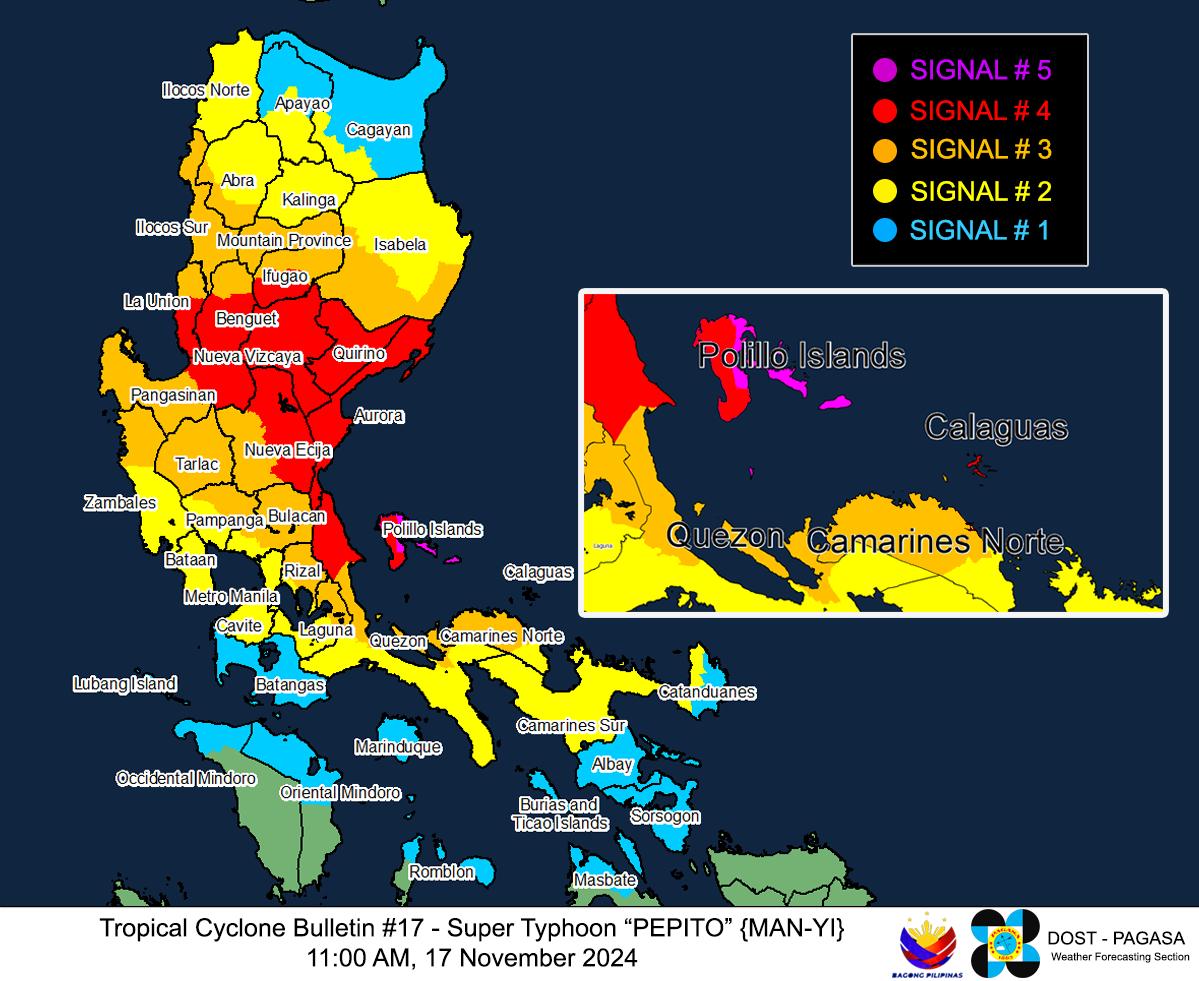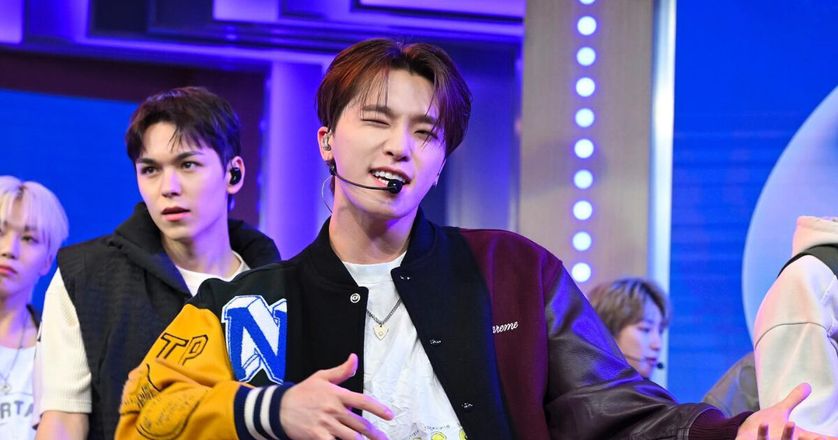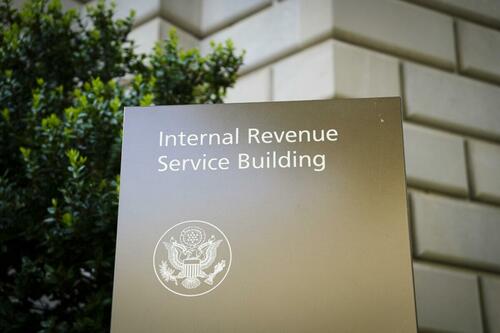
Washington, DC While much has changed in the world since Donald Trump’s 2020 visit to India, many of the bilateral, regional, and global challenges that defined the Trump-Modi partnership remain the same. US-India cooperation, tethered by vibrant people-to-people relations, has continued to broaden and deepen. The relationship is a rare area of bipartisan agreement in America despite an otherwise polarised political landscape.
Prime Minister Narendra Modi and President Trump are clearly comfortable with each other, and the president’s preferred transactional approach to foreign policy meshes well with the prime minister’s bent towards strategic autonomy. The new Trump administration is less likely than the Biden administration to raise matters related to India’s domestic policies or its relations with Russia. In short, all signs point to continued strong bilateral cooperation during Trump 2.
0, but there will likely be some new bumps in the road as well. Modi and Trump have already reportedly committed to “further strengthening bilateral ties across technology, defence, energy, space and several other sectors”. Bilateral and regional cooperation on security to address China’s malign behaviour, such as joint military exercises, the Quad, and supply chain resilience, are all likely to continue.
This may include Biden-era initiatives such as the Quad’s maritime domain cooperation with the Pacific Island countries. While references to climate change will not be stressed, continued support for India’s clean energy objectives, including via the promotion of US exports and technology, were a feature of Trump 1.0 and would continue.
Trump is also expected to support India’s continued growing presence on the global stage, including a permanent seat on the UN Security Council. It will be less inclined to support major joint initiatives in multilateral forums such G20, instead focusing on bilateral and smaller groupings. Leader-level meetings of the Quad, introduced under Biden, will likely continue and will offer new opportunities for engagement, especially as India is set to host the 2025 Quad Summit.
This is not to say that there are no points of potential friction headed our way. The Trump campaign has stated increasing tariffs as a major objective. With its current surplus of $33 billion so far in 2024, India is a potential target.
India’s bilateral trade surplus was similarly a bone of contention under the past Trump administration, when India was pressed to increase purchases of US oil and defence materials. We can anticipate similar lengthy disruptions were new US tariffs, and any reciprocal Indian tariffs, are to be imposed. The deportation of all undocumented foreign nationals currently in the United States is another top Trump 2.
0 campaign pledge that could place stress on the relationship. India is now the third leading source of illegal US migrants, and some or all of the estimated 7.25 lakh or more Indian undocumented nationals here could be affected by the deportations, placing pressure on the Modi government to respond.
On the other hand, US-India cooperation to clamp down on the traffickers who prey on would-be Indian migrants could be a win for both sides. The first Trump administration’s sceptical view on the H1B temporary worker visa programme will also likely be repeated, which will disproportionately affect non-resident Indians. Just as Trump 1.
0 took a hard line against Iran, ending the Obama-era nuclear agreement and imposing new sanctions, Trump 2.0 has pledged to take a hard line, especially given Iran’s threats to assassinate Trump and its control of proxy groups currently enflaming the Middle East. The Trump administration will press to ensure India continues to bar Iranian petroleum imports and may question its trade relationship with Iran as well as India’s decision to assent to Iran’s BRICS membership.
But here, too, there is an opportunity: although the current Middle East conflict has squashed for now the possibility of the India-Middle East-Europe Economic corridor, the pursuit of a deal post cease-fire would help check Iran’s influence even as it bolsters India’s economic and development ambitions. Also Read Trump International Hotel: The only place outside White House where Trump ever dined in his first tenure How Trump succeeded in converting Americans’ feelings of grievance into votes While at least some of the contrast in length of US-India bilateral agenda announced under the Trump and Biden administrations are due to drafting styles, a reduced, more transactional agenda is likely to remain the preference of Trump 2.0.
The new administration would nevertheless do well to continue further broadening beyond what has come before. In addition to the policies already suggested above, more subnational engagement, including via the timely opening of new consulates, will increase the people-to-people ties that have been so beneficial to the relationship. While both sides favour domestic manufacturing, a focus on supporting two-way investments, including by smaller companies and in both countries’ lesser wealthy states, could bring work opportunities to those who most need it.
A deep and continued focus on health issues (including pharma and med-tech) as well as joint strategic hi-tech development will enable both countries to meet current and future challenges and create new opportunities for their citizens. Just 11 years ago, a case involving the arrest of an Indian diplomat was able to redound negatively on other aspects of the US-India relationship. More recently, even serious foreign policy disagreements, as well as accusations of attempted assassination have not derailed progress thanks to a broader and deeper scope of bilateral cooperation.
Continuing down a more expansive path will position India and the United States to maintain a strong partnership for years to come. The author is visiting fellow, Center for Strategic & International Studies, Washington, DC. She was a senior diplomat who most recently served as US consul general in Hyderabad.














